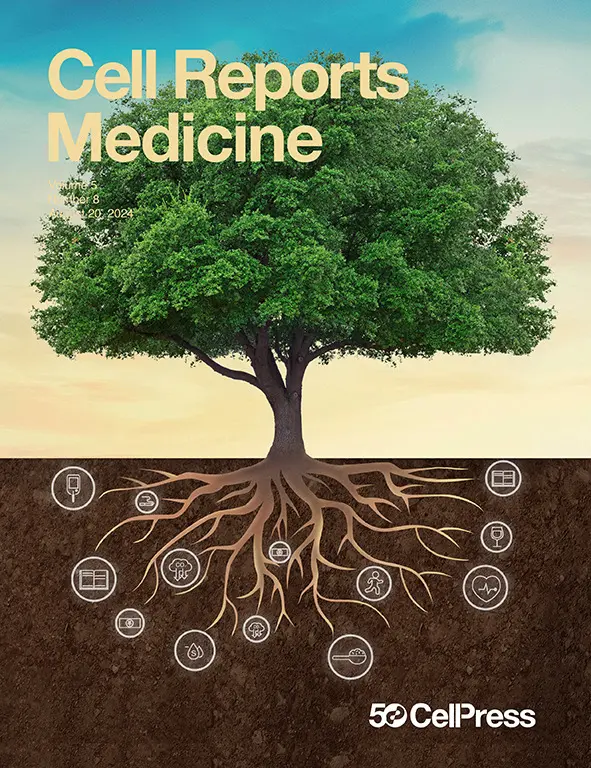
Proteomics studies assess the composition, structure, expression, and the interactions and connections between proteins at an overall level in tissue. Metabolomics studies focus on characterizing metabolites, the small molecules generated by specific cellular processes. Both types of studies can yield valuable insights into the complex biochemical pathways, networks, and molecular systems that control important cell activities including proliferation, differentiation, aging, and death.
In this study, researchers conducted a comprehensive analysis of fibrolamellar carcinoma (FLC) by examining the proteins and metabolites in samples of FLC patient tumor tissue. They analyzed 23 different tumor samples (from FCF’s Biobank) for proteins and 26 for metabolites, identifying 8,485 proteins and 135 metabolites in the tissues. The study also incorporated other experiments, such as measuring cellular respiration (use of oxygen) in cancerous and non-cancerous liver tissues, testing how cells responded to different nutrients, and determining the effects of disabling certain genes in FLC tumors. These efforts were aimed to validate key aspects of the team’s understanding of FLC’s molecular and metabolic characteristics.
This study revealed that FLC has a unique way of processing energy and nutrients. In normal cells, a process called glycolysis breaks down glucose to form a metabolite called pyruvate, which enters a cell’s mitochondria to produce ATP, the cell’s storehouse of energy. Conversely, FLC cells show a lack of dependence on glycolysis, instead relying mainly on the amino acids glutamine and serine for pyruvate production. The researchers noted that serine dehydratase (SDS), an enzyme that converts serine to pyruvate and ammonia, is significantly elevated in FLC tissue. In tests using tumor slices from FLC patients, knockdown of SDS reduced the viability of the cancer cells. In addition, treatment with erastin, a small molecule drug that impacts pyruvate transport into mitochondria, also had a dramatic effect on the viability of FLC but not on the viability of other liver cancers. Taken together these findings may indicate that FLC cells rely strongly on SDS for their survival. The researchers believe that these metabolic changes in FLC could potentially be targets for new therapies.
The study also highlights how FLC cells recycle lactate into pyruvate, which is then used in the energy cycle (TCA cycle/Krebs cycle). This cycle is impaired in FLC, leading to a buildup of a molecule called AKG (alpha-ketoglutarate). The researchers think that the enzyme OAT (ornithine aminotransferase), which uses AKG, might be a bottleneck in this process, meaning it could provide another future target for therapy.
Additionally, the study finds that FLC cells have altered their urea cycle, which is responsible for processing waste and removing excess nitrogen from the body. These changes allow FLC cells to produce more proline, a molecule needed to build the fibrous bands (collagen) that are characteristic of this cancer. The cancer cells also seem to have an impaired ability to carry out normal energy production in their mitochondria, possibly due to the way they handle proline, leading to increased damage from reactive oxygen species (ROS).
In summary, the study indicates that these changes in metabolism and energy production could make FLC cells vulnerable to certain therapies, especially those that increase ROS or block production of particular proteins. The study provides a highly detailed map of many metabolic changes in FLC and suggests potential new approaches to treat this difficult-to-target cancer.
The full text of the article can be read here.
Note: This study was funded by a grant from FCF. Tissue samples from FCF’s biobank were also used for the analysis. Thank you to the patients and families who have contributed biospecimens to the FCF biobank!
